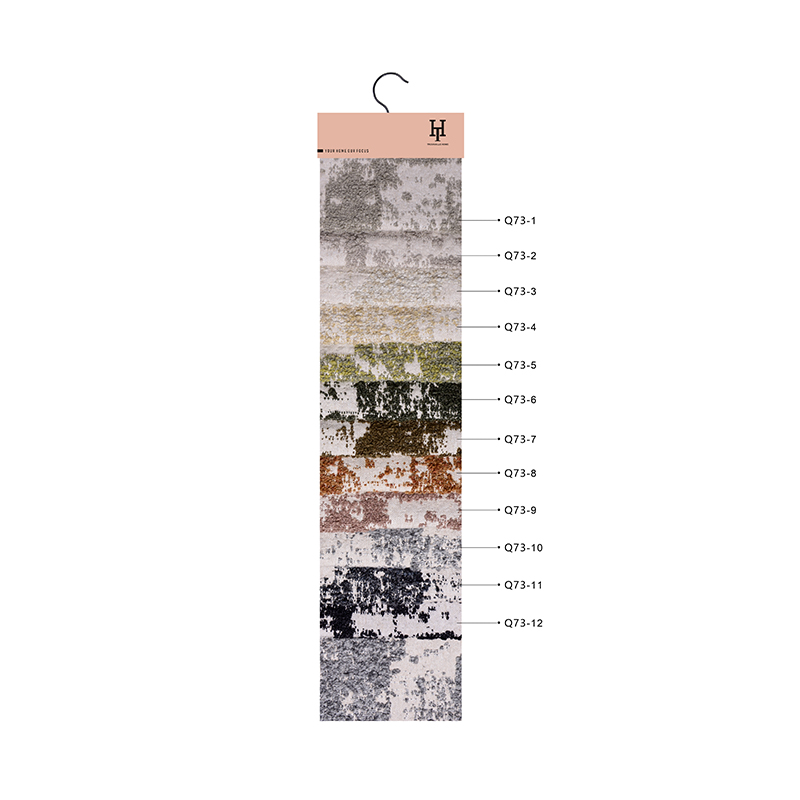What factors should you consider when choosing chenille fabric?
Choosing chenille fabric is a task that requires consideration of several factors, as different fabric properties directly affect its performance and comfort for a specific use. Here are the key factors to consider when choosing chenille fabric:
First of all, we must make it clear that the starting point for choosing chenille fabric is its purpose. The design and performance of a fabric often depends on its end use, such as outdoor activities, interior decoration, or clothing production. Each use has different requirements and requires different types of chenille fabrics to meet those needs.
It is then crucial to understand the composition of the chenille fabric. Chenille fabrics can be made from a mix of fibers, including cotton, polyester, wool, and more. Each fiber has unique properties, such as cotton's breathability and comfort, polyester's abrasion resistance and water resistance, and wool's warmth. By understanding the composition of a fabric, you can better predict how it will perform in use.
Density and thickness are important factors affecting the warmth of chenille fabric. High-density chenille fabric means more fibers or threads are woven together to create a tighter structure. This increases the fabric's sturdiness, abrasion and tear resistance. High-density fabrics are generally better suited for colder climates because they provide better warmth. Higher density chenille fabrics tend to be more popular when it comes to outdoor clothing, bedding, and more. High-density fabrics are generally better suited for colder climates because they provide better warmth. Higher density chenille fabrics tend to be more popular when it comes to outdoor clothing, bedding, and more.
Water resistance is a factor that cannot be ignored when choosing chenille fabric for outdoor activities. If a fabric needs to be waterproof, choose one that has been treated appropriately to ensure it stays dry in humid environments.
Breathability is another factor to consider. Proper breathability helps maintain comfort in warm weather and prevents excessive sweating and discomfort. It is especially important to choose chenille fabrics with good breathability, especially if you are active.
Wear resistance is directly related to the durability and service life of the fabric. Especially for outdoor clothing and equipment, choosing chenille fabrics with good wear resistance can ensure long-term use in harsh conditions without easy wear and tear.
Color and pattern are a matter of personal taste and application. Different chenille fabrics may come in different color and pattern options, so choose the one that's most appropriate based on personal preference and usage environment.
Ease of care is one of the practical considerations in fabric selection. Some chenille fabrics may be easier to wash, wrinkle-resistant, or anti-static, and these properties may affect the daily care and maintenance of the fabric.
A final note is that environmental factors are also receiving increasing attention. Understanding the fabric’s production process, fiber sources, and whether it meets sustainability standards can help you make more environmentally friendly and responsible choices.
Choosing chenille fabric requires comprehensive consideration of purpose, composition, density and thickness, water resistance, breathability, abrasion resistance, color and pattern, ease of care, and environmental factors. By carefully weighing these factors, you can choose the chenille fabric that best suits your specific needs, ensuring the desired results in every situation.





















